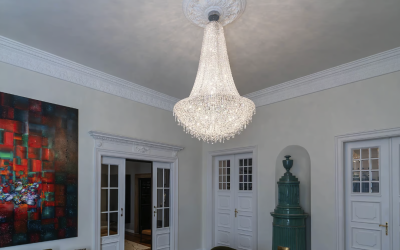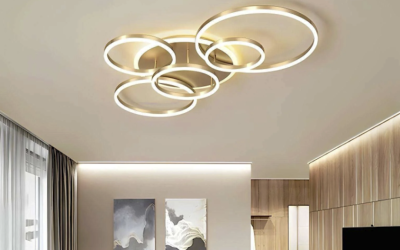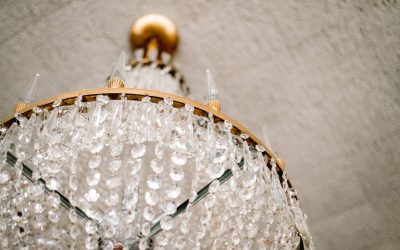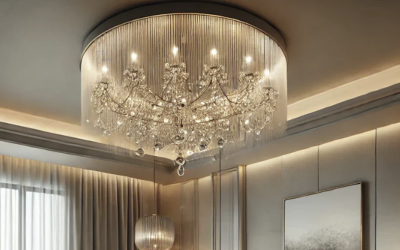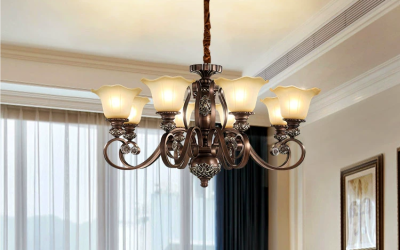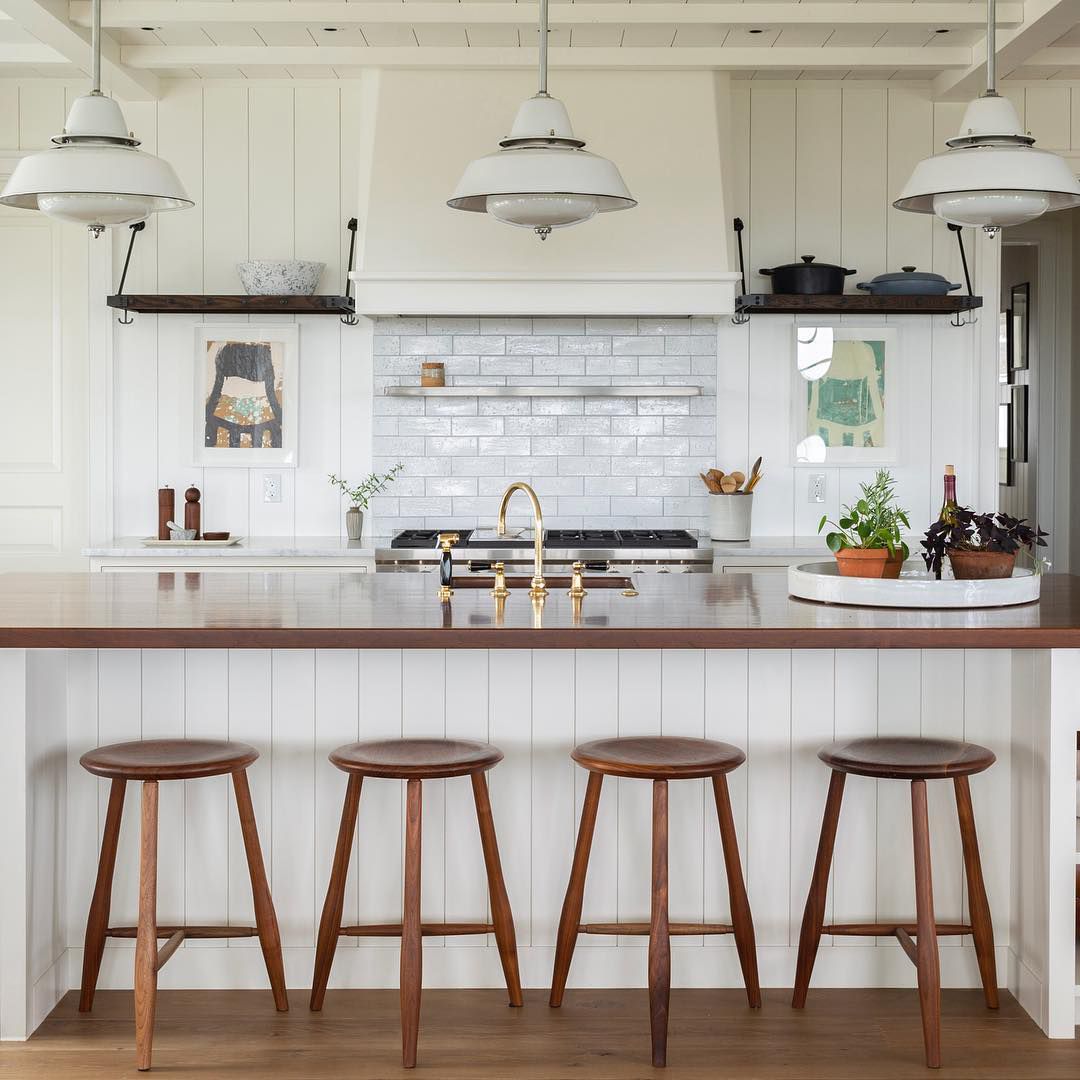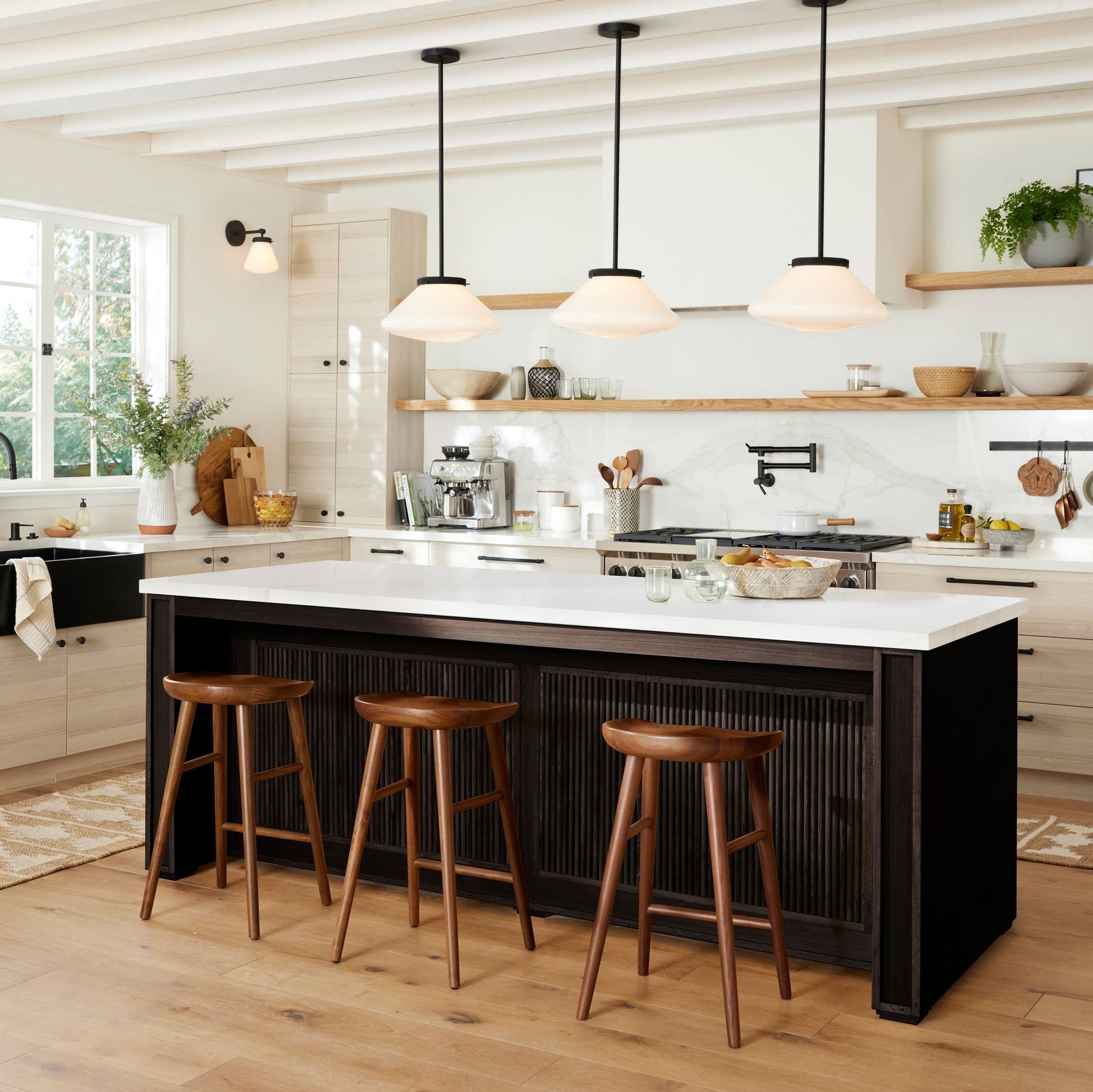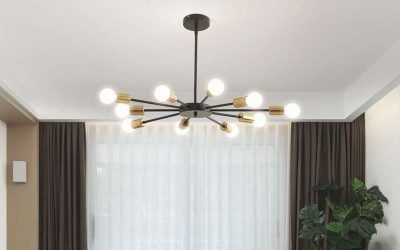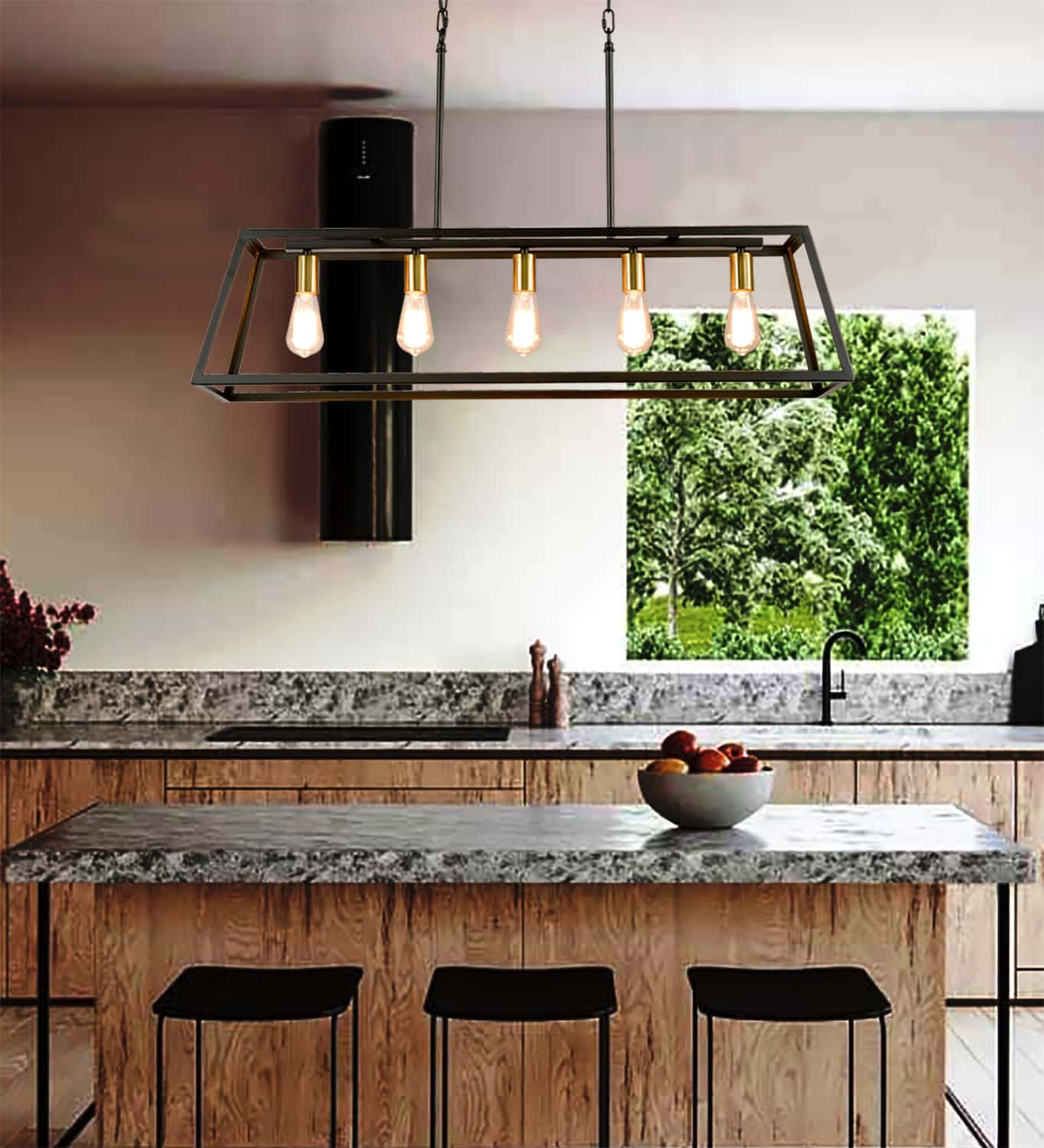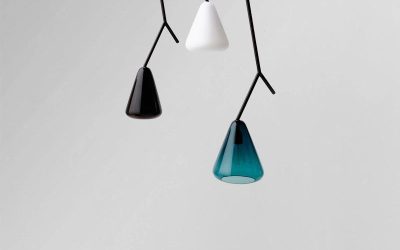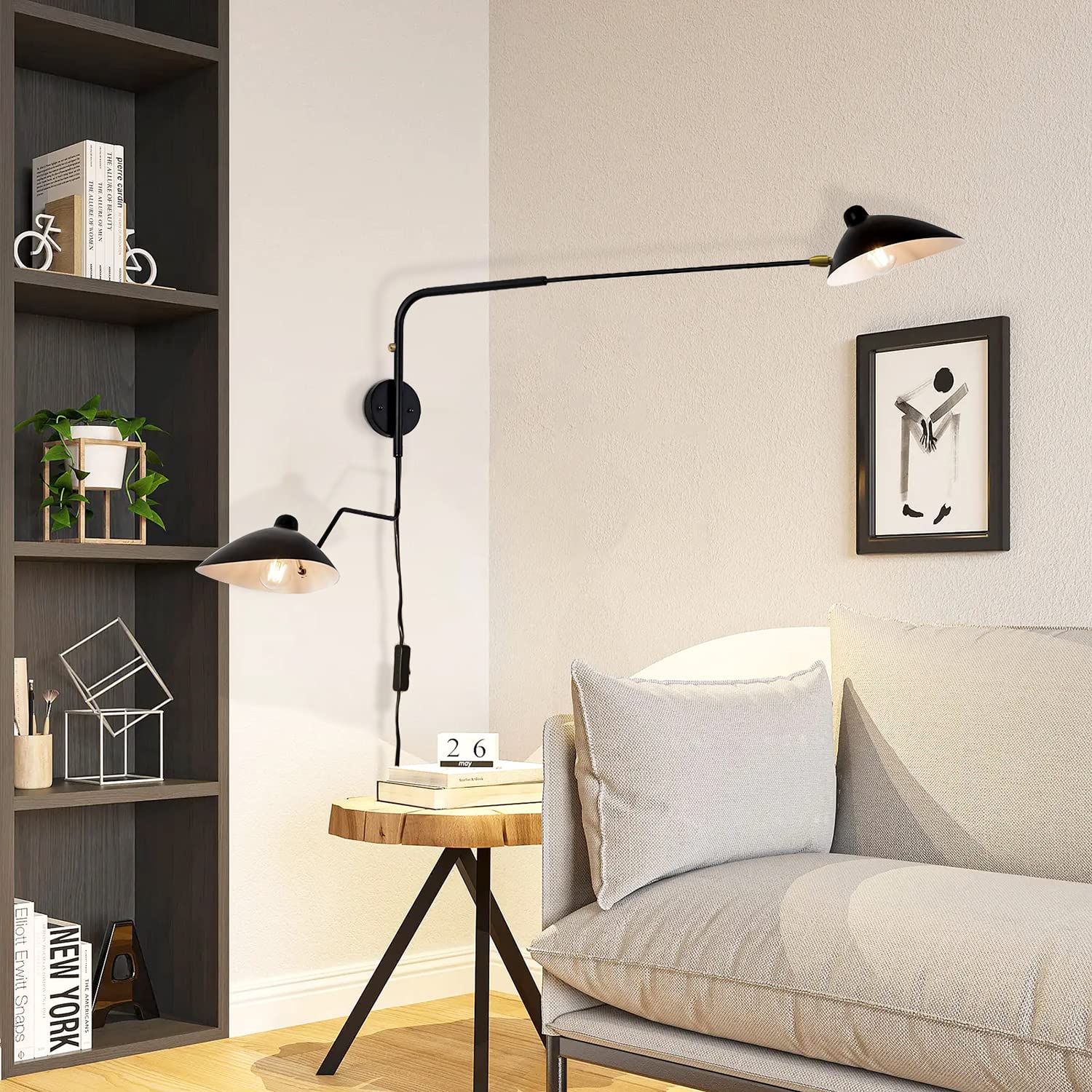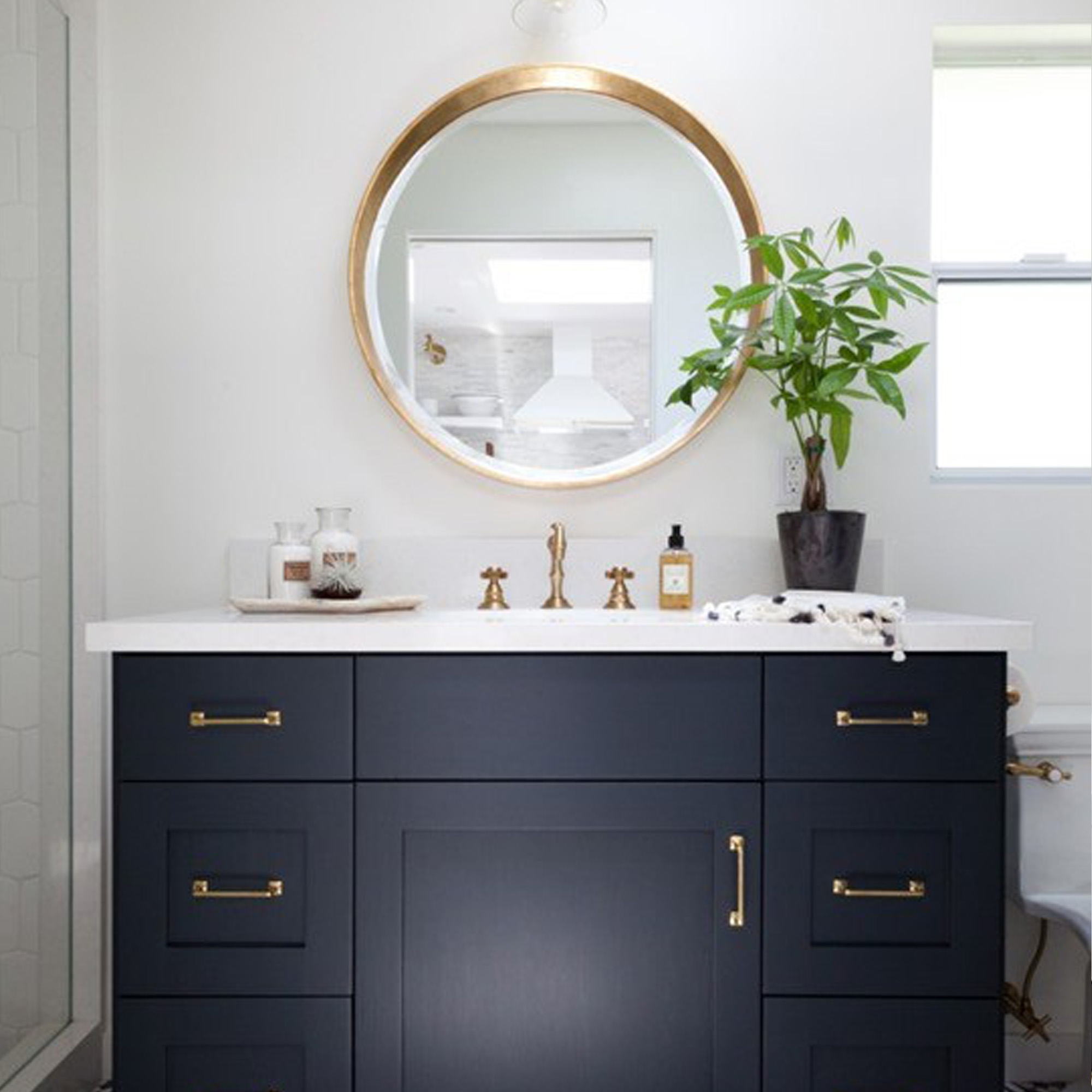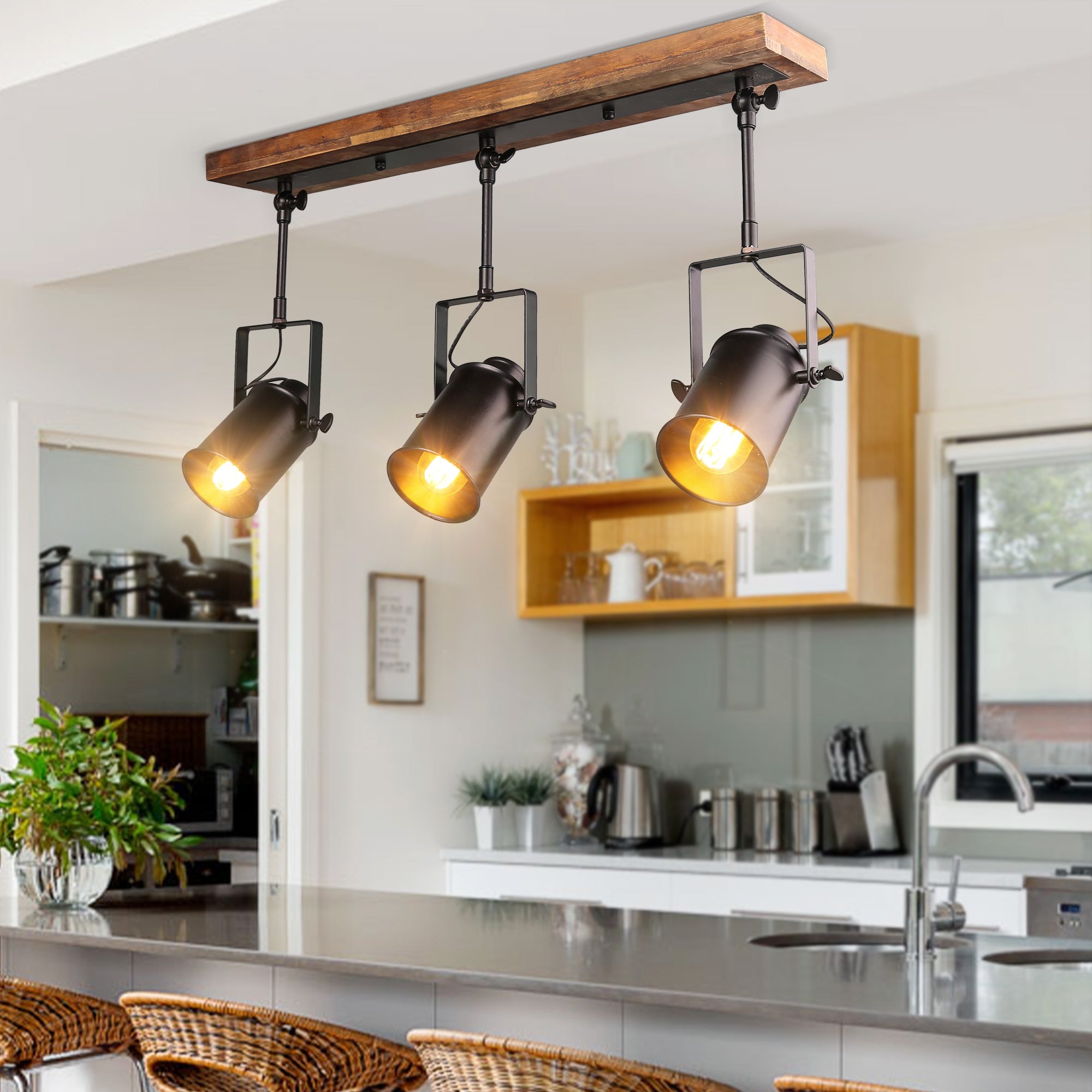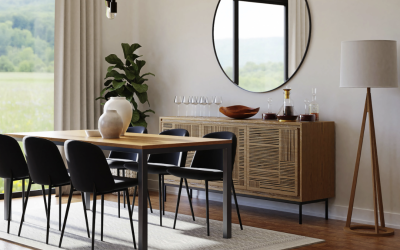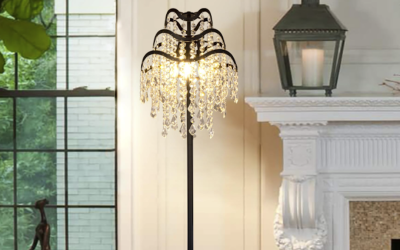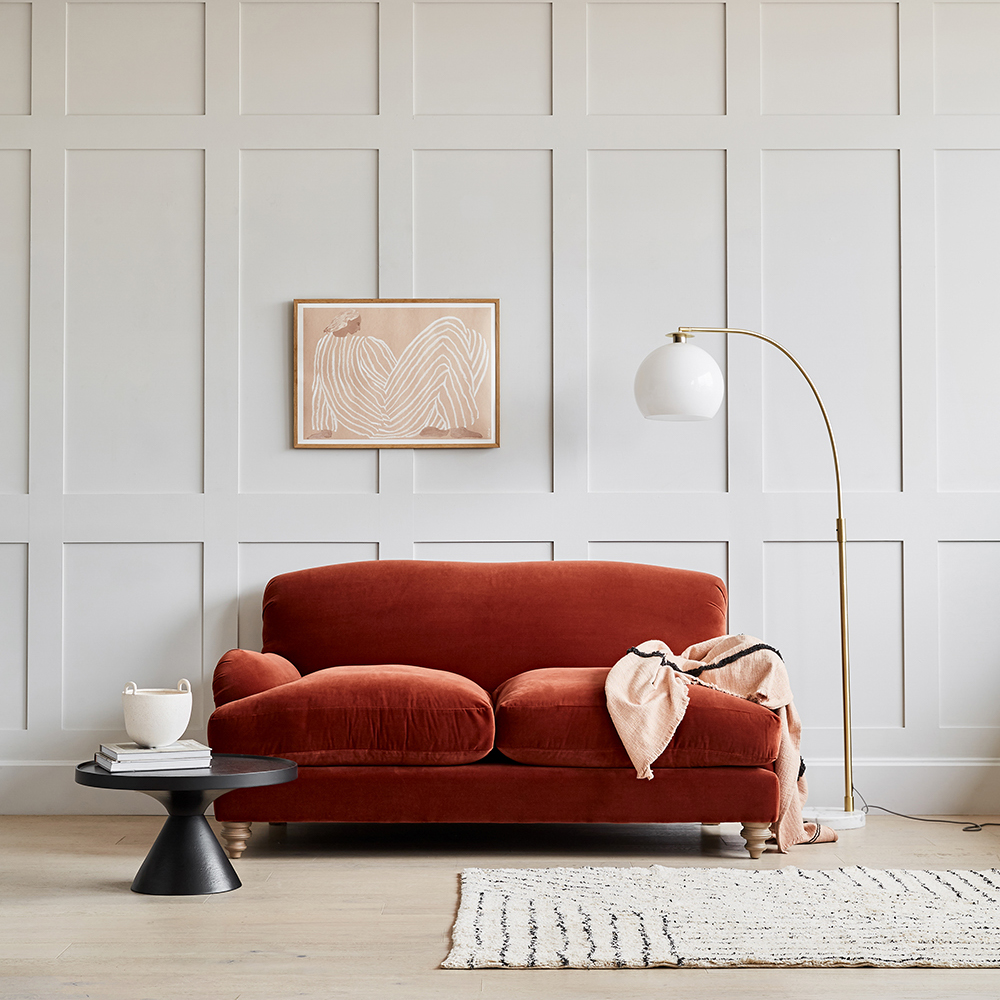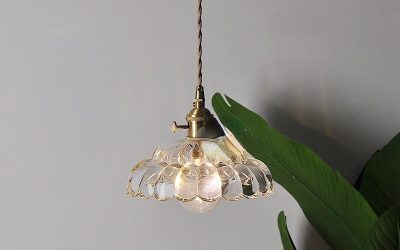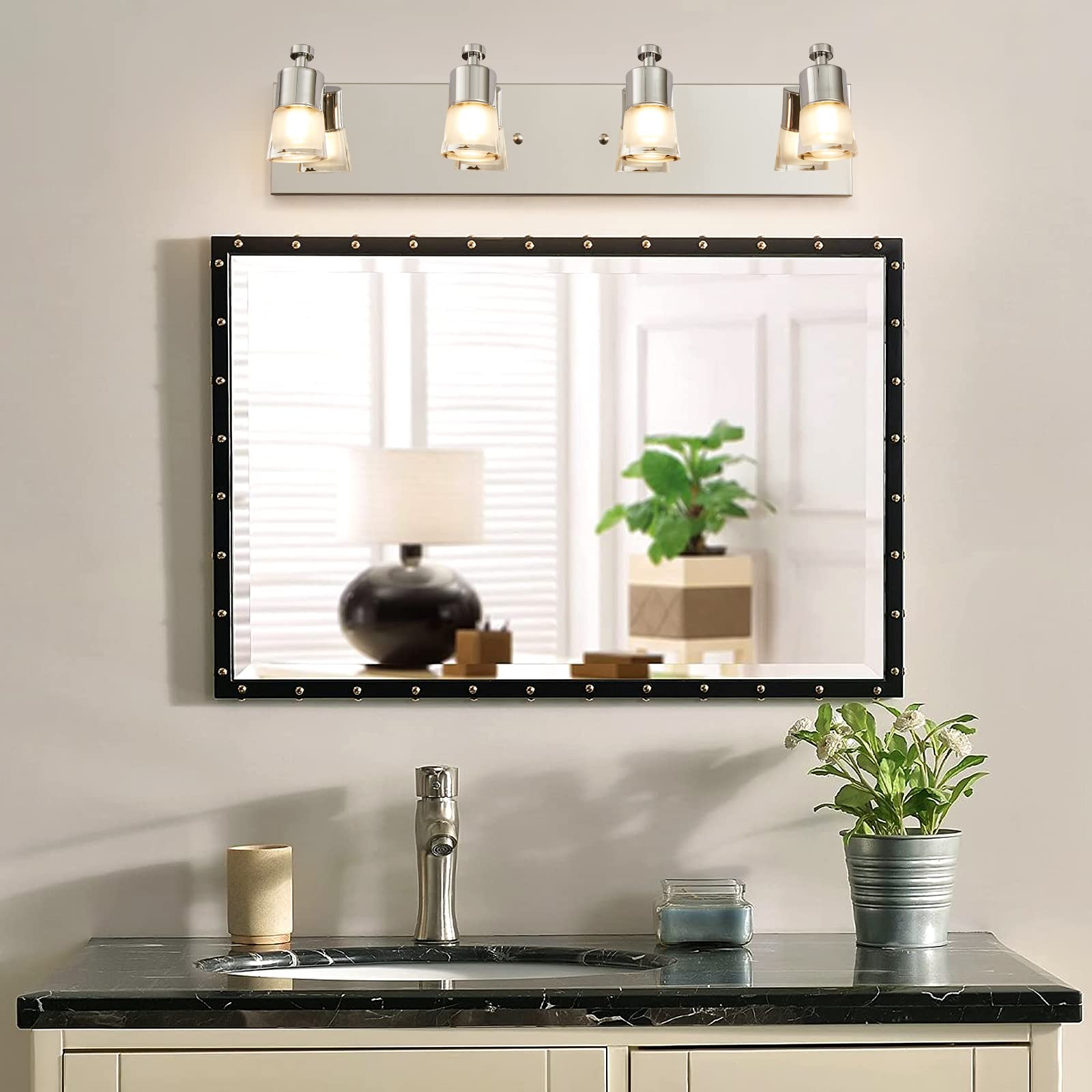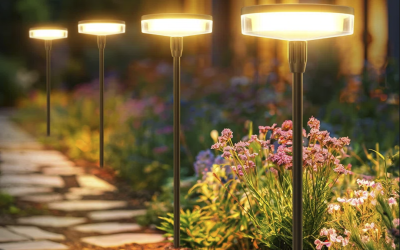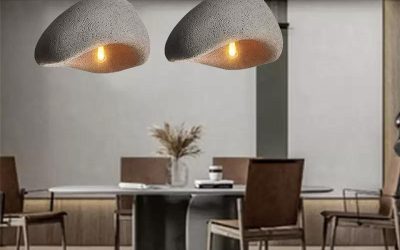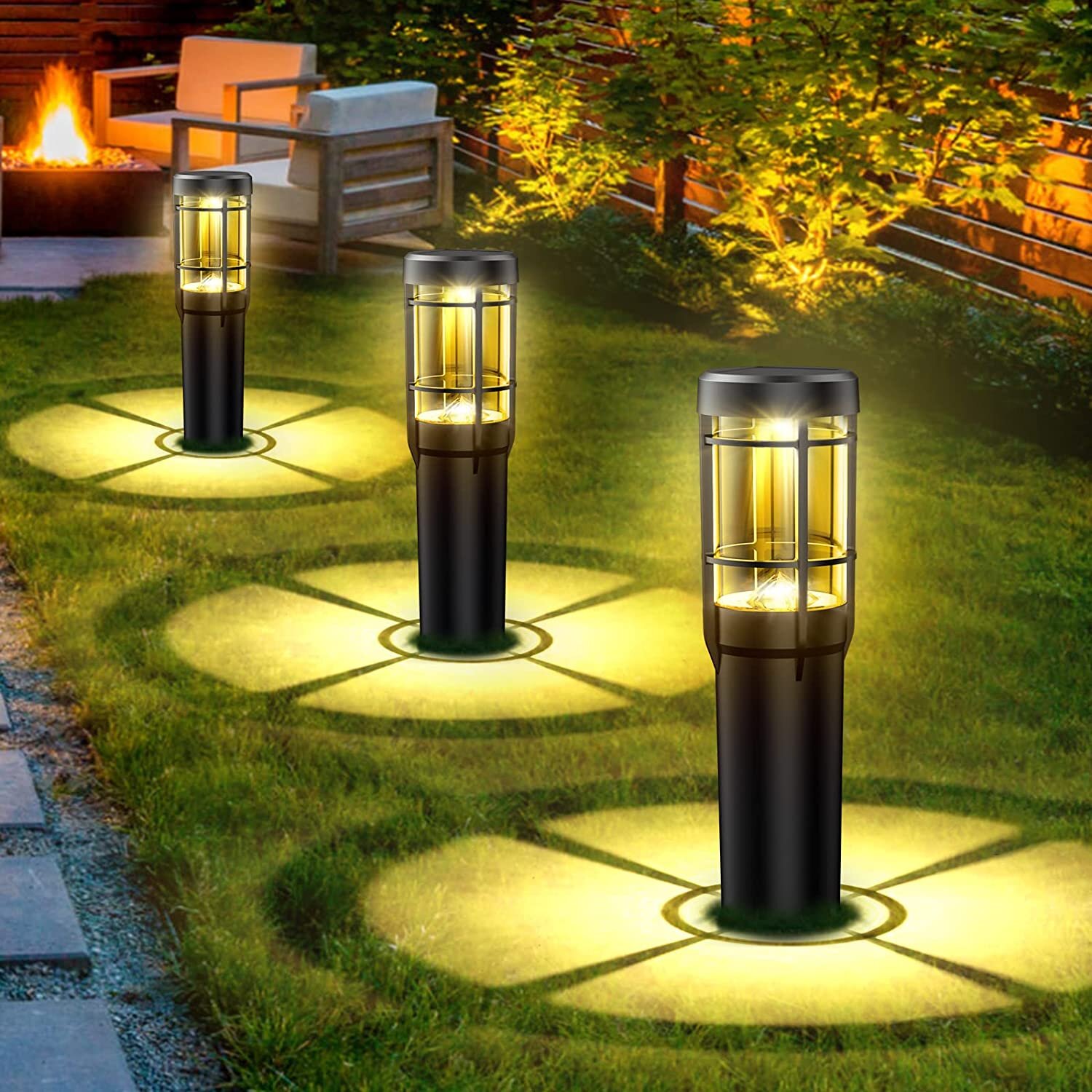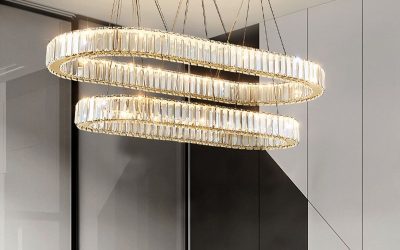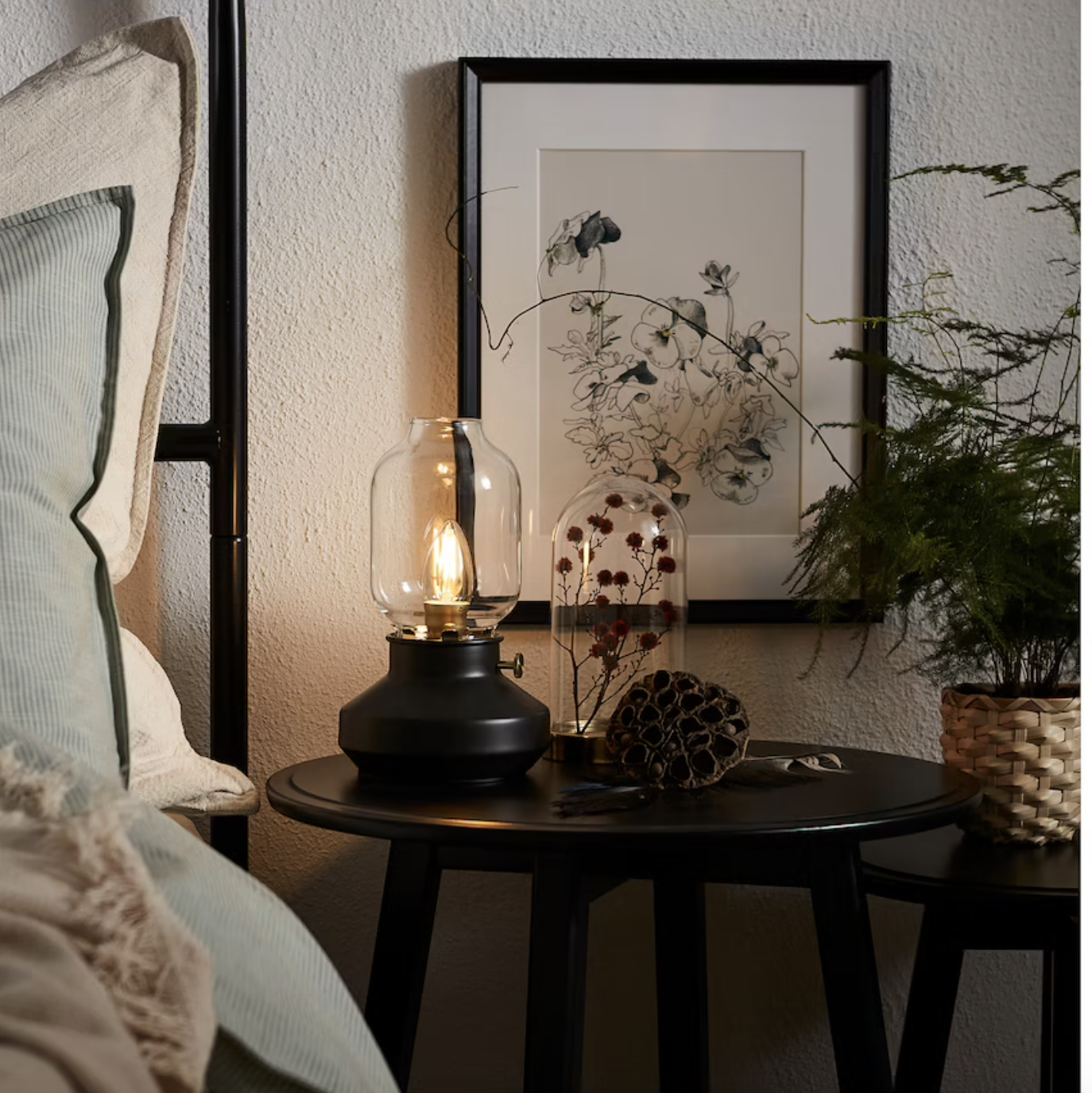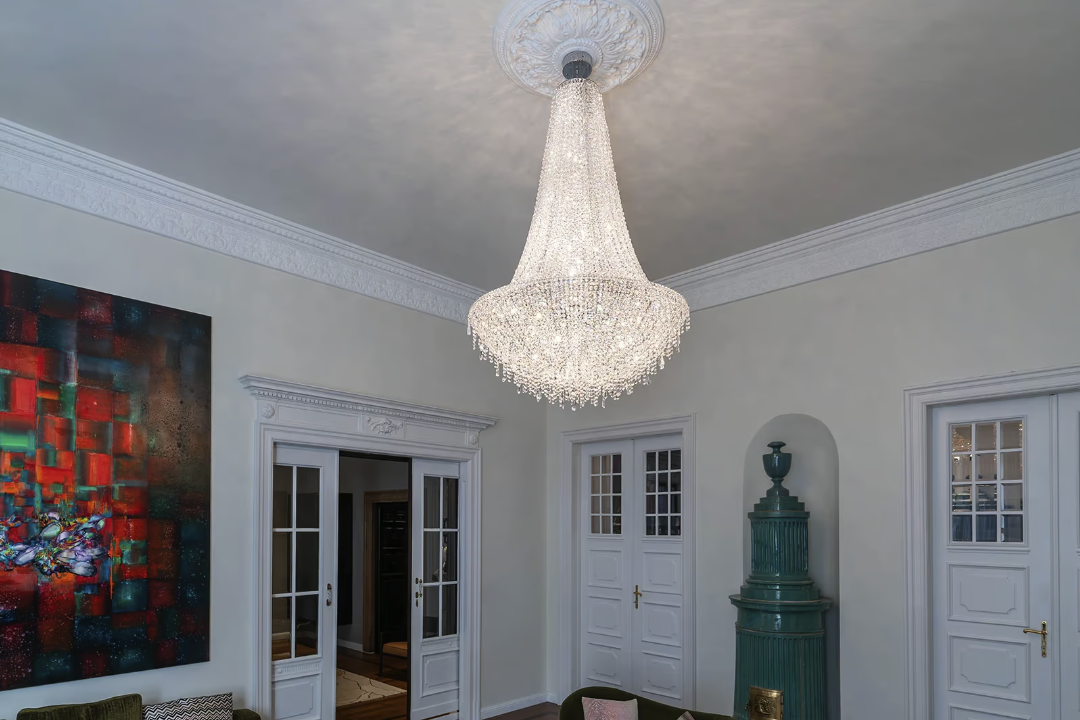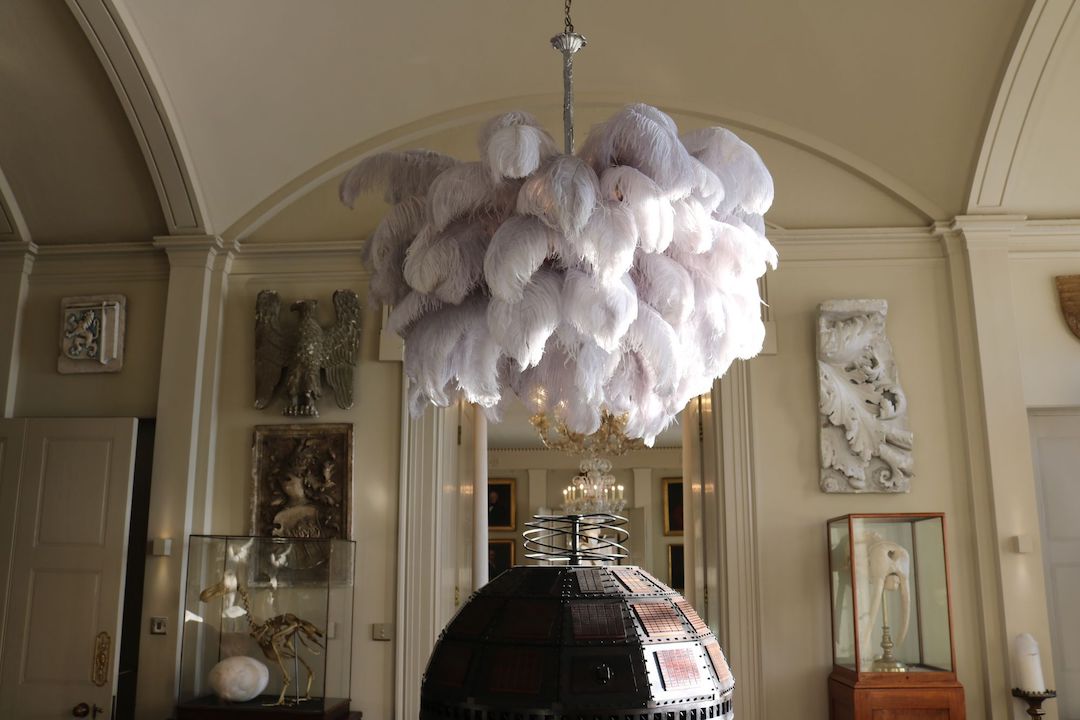Chandeliers are a type of lighting fixture that adds elegance and sophistication to any space. They are often associated with grandeur and luxury, and have been used for centuries to illuminate and decorate homes, palaces, and other buildings. A chandelier is typically suspended from the ceiling and consists of multiple arms or branches that hold light bulbs or candles.
The history of chandeliers dates back to ancient times, when they were used in the homes of wealthy individuals and in religious buildings. The word “chandelier” comes from the French word “chandelle,” which means candle. In the past, chandeliers were primarily used to provide light in large rooms or halls, but over time they became more decorative in nature.
Today, chandeliers are an important element in interior design. They can enhance the overall aesthetic of a space and create a focal point in a room. Chandeliers come in a variety of styles, sizes, and materials, allowing homeowners to choose one that suits their personal taste and complements their existing decor.
Choosing the Right Chandelier: Size, Style, and Material
When choosing a chandelier for your space, there are several factors to consider. First and foremost, you need to determine the right size for your room. A chandelier that is too small will look out of place and insignificant, while one that is too large can overwhelm the space. To determine the right size, you can use a simple formula: add the length and width of your room in feet, and convert that number to inches. This will give you an approximate diameter for your chandelier.
In addition to size, you should also consider the style and material of the chandelier. There are countless styles to choose from, ranging from traditional and ornate designs to sleek and modern ones. The style of your chandelier should complement the overall aesthetic of your space and reflect your personal taste. As for the material, chandeliers can be made from a variety of materials, including crystal, glass, metal, and even wood. Each material has its own unique look and feel, so choose one that suits your style and preferences.
Chandelier Placement: Where and How to Hang Your Fixture
Choosing the right location for your chandelier is crucial to ensure that it is both functional and visually appealing. In general, chandeliers are often placed in the center of a room or above a dining table. However, there are no hard and fast rules when it comes to chandelier placement, and you can get creative with where you hang your fixture.
When hanging a chandelier, it is important to do so safely and securely. Make sure to follow the manufacturer’s instructions and use the appropriate hardware for your specific chandelier. If you are unsure about how to hang a chandelier, it is best to consult a professional electrician or contractor who can ensure that it is installed correctly.
There are also some common mistakes to avoid when hanging a chandelier. One mistake is hanging it too high or too low. The bottom of the chandelier should be at least 30 inches above any surface, such as a table or countertop, to avoid obstructing views or causing glare. Another mistake is choosing a chandelier that is too small for the space. A small chandelier can get lost in a large room and fail to make a statement.
Types of Chandeliers: From Classic to Modern Designs
There are many different types of chandeliers available, each with its own unique design and characteristics. Classic chandeliers are often ornate and feature intricate details such as crystals, glass beads, or metalwork. They are typically associated with traditional or vintage interior design styles and can add a touch of elegance and sophistication to any space.
Modern chandeliers, on the other hand, are sleek and minimalist in design. They often feature clean lines and simple shapes, and are made from materials such as metal or glass. Modern chandeliers are a popular choice for contemporary and minimalist interior design styles, as they can add a touch of sophistication without overwhelming the space.
Other types of chandeliers include rustic chandeliers, which are made from natural materials such as wood or wrought iron, and industrial chandeliers, which feature a more rugged and utilitarian design. There are also mini chandeliers, which are smaller in size and perfect for smaller spaces or as accent lighting.
Chandelier Lighting: Selecting the Right Bulbs and Dimmers
When it comes to chandelier lighting, there are several factors to consider. First and foremost, you need to choose the right type of bulbs for your chandelier. The most common types of bulbs used in chandeliers are incandescent, halogen, and LED bulbs. Incandescent bulbs provide a warm and soft light, while halogen bulbs offer a brighter and whiter light. LED bulbs are energy-efficient and long-lasting, making them a popular choice for chandeliers.
In addition to choosing the right type of bulbs, you also need to consider the brightness of your chandelier. The brightness of a chandelier is measured in lumens, with higher lumens indicating a brighter light. The right brightness for your space will depend on several factors, including the size of the room and the purpose of the lighting. As a general rule of thumb, a chandelier should provide enough light to illuminate the entire room without being too harsh or overpowering.
One way to control the brightness of your chandelier is by using dimmer switches. Dimmer switches allow you to adjust the intensity of the light, creating a more intimate and cozy atmosphere when desired. They also help to save energy and extend the lifespan of your bulbs. When installing a dimmer switch for your chandelier, make sure to choose one that is compatible with the type of bulbs you are using.
Cleaning and Maintaining Your Chandelier: Tips and Tricks

To keep your chandelier looking its best, regular cleaning and maintenance are essential. However, cleaning a chandelier can be a daunting task, especially if it is large or has intricate details. Here are some tips and tricks to help you clean your chandelier without damaging it:
– Before cleaning your chandelier, make sure to turn off the power and allow the bulbs to cool down.
– Use a soft, lint-free cloth or a feather duster to remove any dust or debris from the surface of the chandelier. Avoid using abrasive materials or harsh chemicals, as they can damage the finish or the crystals.
– If your chandelier has crystals, you can clean them by mixing a solution of warm water and mild dish soap. Gently wipe each crystal with a soft cloth or sponge, and then rinse with clean water. Make sure to dry the crystals thoroughly to prevent water spots.
– For hard-to-reach areas or stubborn dirt, you can use a can of compressed air or a hairdryer on the cool setting to blow away dust and debris.
– If your chandelier is particularly dirty or in need of a deep clean, it may be best to hire a professional chandelier cleaner who has the necessary tools and expertise.
In addition to regular cleaning, there are also some tips for maintaining your chandelier’s appearance and functionality:
– Check the wiring and connections regularly to ensure that they are secure and in good condition. Loose wires or faulty connections can be a fire hazard.
– Replace any burnt-out bulbs promptly to maintain the overall brightness and appearance of your chandelier.
– If your chandelier has crystals, periodically check for any loose or missing crystals and replace them as needed.
– Consider using a surge protector or voltage regulator to protect your chandelier from power surges or fluctuations.
The frequency of cleaning and maintenance will depend on several factors, including the location of your chandelier and the amount of dust or dirt in your home. As a general rule of thumb, it is recommended to clean and maintain your chandelier at least once a year.
DIY Chandelier Installation: A Step-by-Step Guide
If you are a handy homeowner and want to save some money, you can install a chandelier yourself. Here is a step-by-step guide to help you with the DIY installation process:
1. Gather the necessary tools and materials. You will need a ladder, wire cutters, wire strippers, electrical tape, a voltage tester, a screwdriver, and the appropriate hardware for your specific chandelier.
2. Turn off the power to the circuit that supplies electricity to the location where you will be installing the chandelier. You can do this by flipping the corresponding circuit breaker in your electrical panel.
3. Use a voltage tester to double-check that the power is off before proceeding with the installation.
4. Determine the location where you want to hang your chandelier. Make sure that it is centered and at the appropriate height for your space.
5. Install an electrical box in the ceiling at the desired location. Follow the manufacturer’s instructions for installing the box securely.
6. Attach the mounting bracket to the electrical box using screws or other hardware provided with your chandelier.
7. Connect the wires from the chandelier to the corresponding wires in the electrical box. Use wire connectors or twist the wires together and secure them with electrical tape.
8. Carefully tuck the wires into the electrical box and attach the chandelier to the mounting bracket using screws or other hardware provided.
9. Double-check all connections and make sure that the chandelier is securely attached to the ceiling.
10. Turn the power back on and test the chandelier to ensure that it is working properly.
It is important to note that DIY chandelier installation can be challenging and potentially dangerous if you are not familiar with electrical work. If you are unsure about any step of the installation process, it is best to consult a professional electrician who can ensure that your chandelier is installed safely and correctly.
Chandeliers for Different Rooms: Ideas and Inspiration
Chandeliers can be used in various rooms throughout your home to add style and elegance. Here are some ideas and inspiration for incorporating chandeliers into different spaces:
– Living room: A chandelier can serve as a focal point in your living room, creating a sense of grandeur and sophistication. Choose a chandelier that complements your existing decor and enhances the overall aesthetic of the space. For a traditional or vintage look, opt for a classic crystal chandelier. For a more modern or contemporary feel, choose a sleek and minimalist design.
– Dining room: A chandelier is a popular choice for dining rooms, as it can provide both ambient and task lighting. Hang the chandelier above the dining table at an appropriate height, making sure that it does not obstruct views or cause glare. Consider the size of your dining table when choosing the size of your chandelier, as it should be proportionate to the table.
– Bedroom: A chandelier can add a touch of luxury and romance to your bedroom. Hang a small or medium-sized chandelier above your bed or in a corner of the room to create a cozy and intimate atmosphere. Consider using a dimmer switch to control the brightness of the chandelier, allowing you to create different moods depending on your needs.
– Entryway: Make a grand entrance with a statement chandelier in your entryway. Choose a large and ornate design that sets the tone for the rest of your home. Make sure that the chandelier is at an appropriate height and does not obstruct the path or views.
– Bathroom: Chandeliers are not just for living rooms and dining rooms – they can also be used in bathrooms to add a touch of elegance and luxury. Hang a small or medium-sized chandelier above a bathtub or vanity to create a spa-like atmosphere. Make sure to choose a chandelier that is rated for damp or wet locations, as bathrooms can be humid.
When choosing a chandelier for different rooms in your home, consider the overall aesthetic and function of the space. The chandelier should complement the existing decor and enhance the overall ambiance of the room.
Chandelier Accessories: Shades, Crystals, and Other Decorative Elements
Chandelier accessories can add a personal touch and enhance the overall appearance of your fixture. Here are some popular chandelier accessories and how to choose the right ones for your chandelier:
– Shades: Chandelier shades are fabric or glass covers that fit over the light bulbs to diffuse the light and create a softer glow. They can also add color and texture to your chandelier. When choosing shades, consider the style and material of your chandelier, as well as the overall aesthetic of your space. For a traditional or vintage look, opt for fabric shades with intricate patterns or fringes. For a more modern or contemporary feel, choose glass shades in a sleek and minimalist design.
– Crystals: Crystals are a classic and timeless accessory for chandeliers. They can add sparkle and elegance to your fixture, creating a stunning visual display when the light hits them. When choosing crystals, consider the size and shape of your chandelier, as well as the overall aesthetic of your space. For a traditional or vintage look, opt for large and faceted crystals that reflect light beautifully. For a more modern or contemporary feel, choose smaller and more geometric crystals.
– Other decorative elements: There are many other decorative elements that you can add to your chandelier to customize its appearance. For example, you can add decorative chains or ropes to create a more rustic or industrial look. You can also add decorative charms or pendants to create a more whimsical or bohemian feel. When choosing decorative elements, consider the overall aesthetic of your space and the style of your chandelier.
When choosing chandelier accessories, it is important to consider the overall aesthetic of your space and the style of your chandelier. The accessories should complement the existing decor and enhance the overall appearance of your fixture.
Budget-Friendly Chandelier Options: Affordable Ways to Add Style to Your Space
Chandeliers are often associated with luxury and high-end design, but that doesn’t mean you have to break the bank to add one to your space. There are many budget-friendly chandelier options available that can still add style and elegance to your home. Here are some tips for finding affordable chandeliers and styling your space on a budget:
– Shop sales and clearance: Many lighting stores offer sales and clearance events where you can find discounted chandeliers. Keep an eye out for these sales and take advantage of them to get a great deal on a chandelier.
– Look for second-hand options: Consider shopping at thrift stores, consignment shops, or online marketplaces for second-hand chandeliers. You can often find unique and vintage pieces at a fraction of the cost of a new one.
In conclusion, it is evident that technology has revolutionized the way we live and interact with the world. From communication to transportation, education to healthcare, technology has made significant advancements that have improved our quality of life. However, it is important to recognize that technology is not without its drawbacks. It has led to increased screen time and sedentary lifestyles, privacy concerns, and a digital divide between those who have access to technology and those who do not. Therefore, while technology has undoubtedly brought numerous benefits, it is crucial to use it responsibly and consider its impact on society as a whole.

